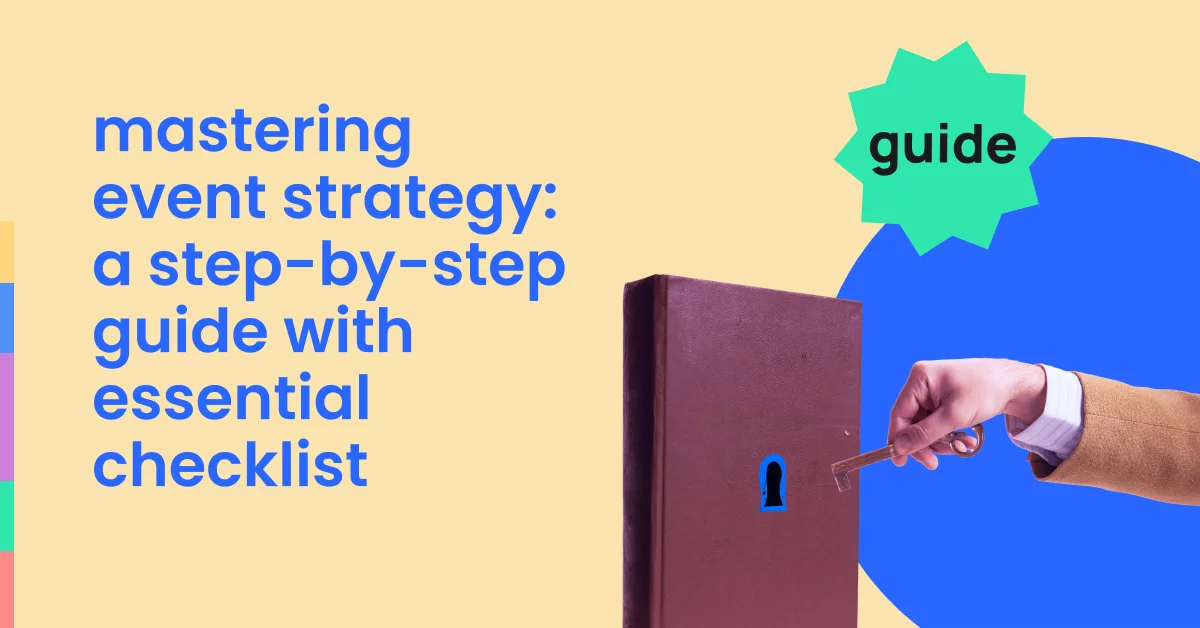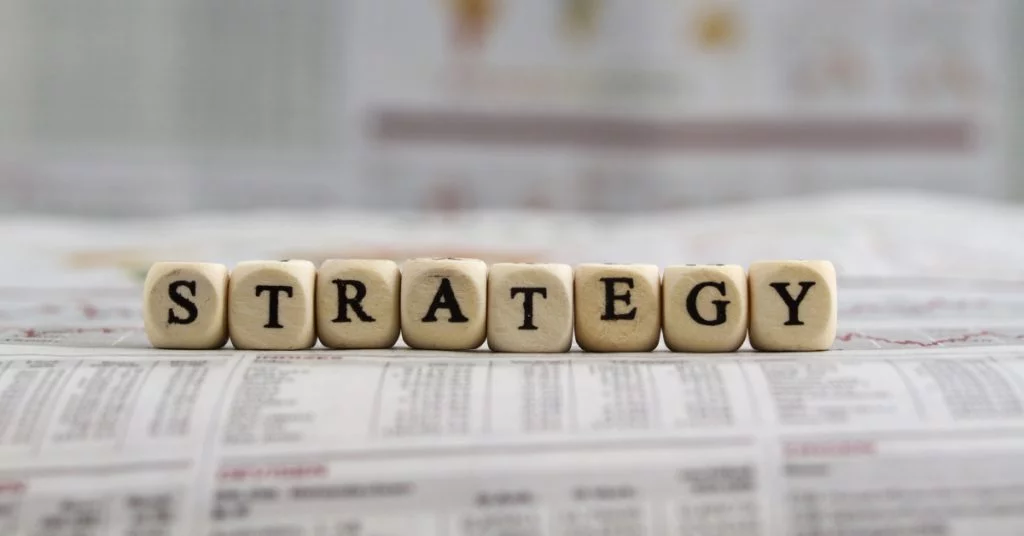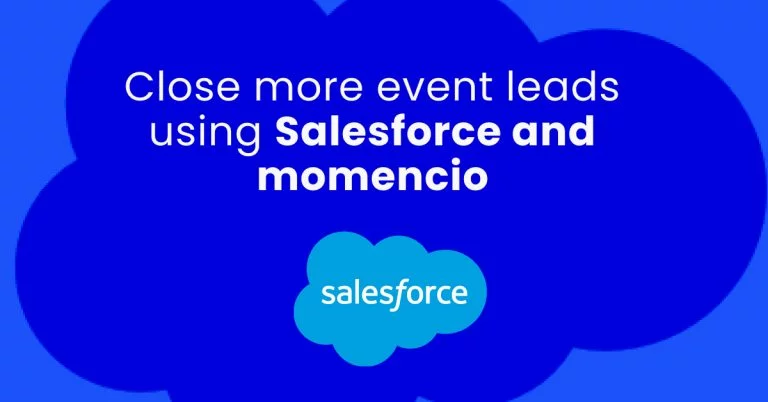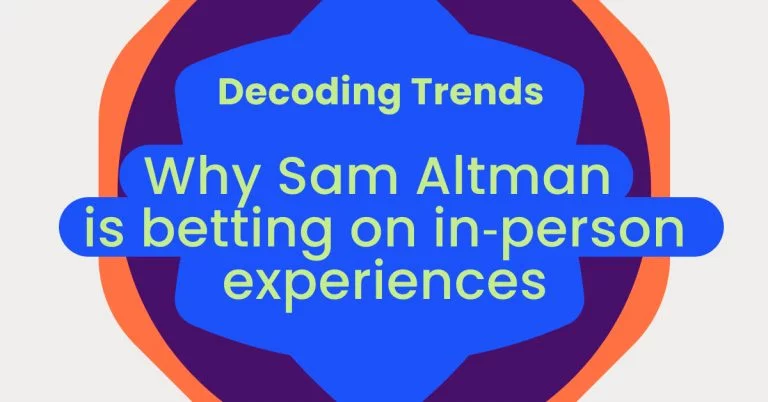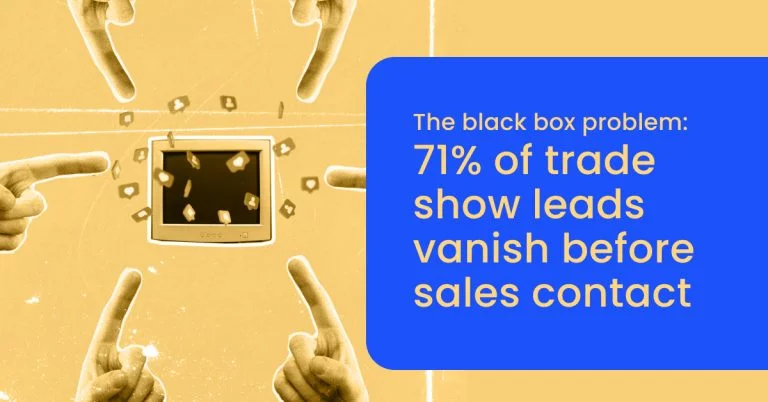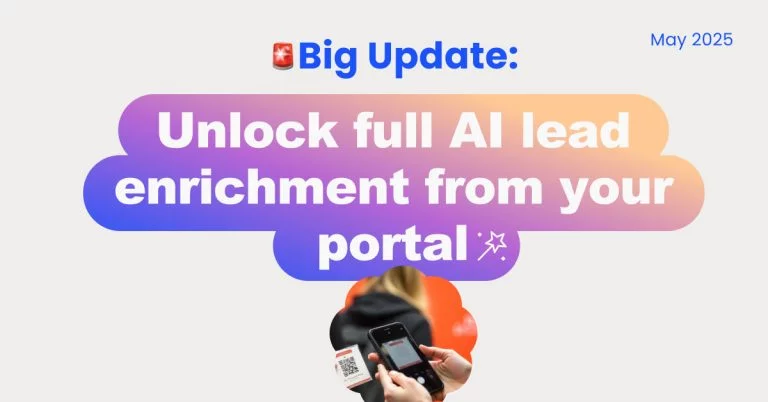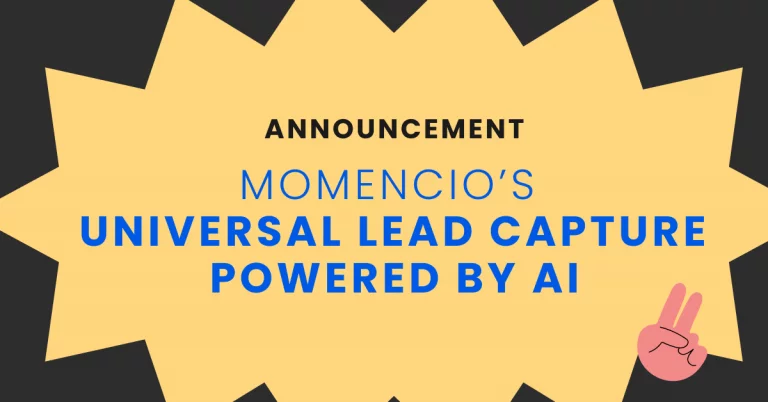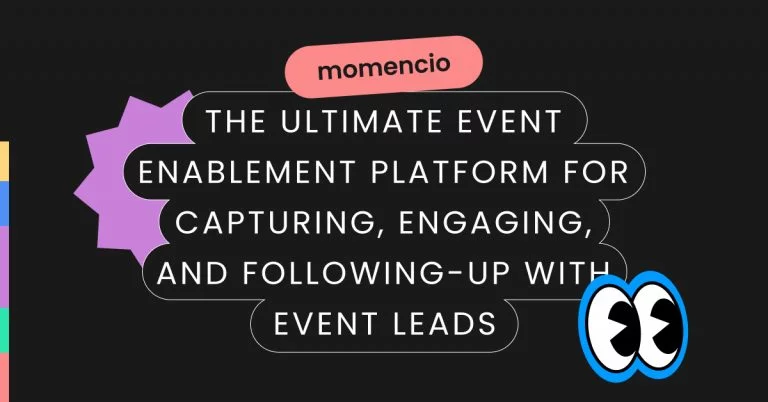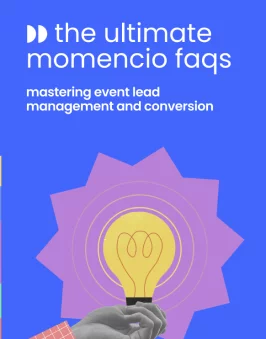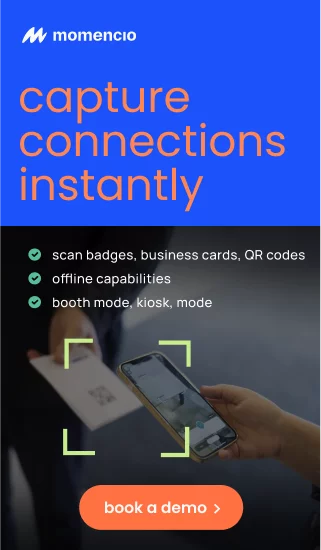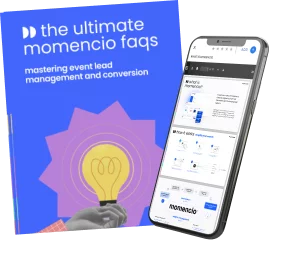Introduction to Event Strategy Mastery
In the domain of event marketing, a strategic approach isn’t just beneficial—it’s imperative. For those at the helm of marketing departments, the orchestration of an event is a multifaceted endeavor that goes beyond logistics. It encompasses setting the stage for brand storytelling, fostering connections, and achieving substantial marketing milestones.
Strategic planning is paramount as it aligns every facet of an event with overarching business goals, creating a framework for measuring success and ROI. It’s a proactive measure, ensuring each decision is data-driven, and each action is purposeful—ultimately converting attendees into engaged customers and leads into lucrative partnerships.
The Blueprint of an Effective Event Strategy
The Core Components
Strategic planning in event management acts as the compass that guides every decision, from pre-event buzz to post-event follow-up. This meticulous planning addresses the entire event lifecycle, ensuring that each stage—from audience engagement to content delivery—is executed with precision and aligns with specific objectives.
Defining Event Success
A robust event strategy is a composite blueprint detailing the event’s purpose, target demographics, logistical elements, and desired outcomes. It should encapsulate the key performance indicators that will later measure the event’s success, from lead generation to audience satisfaction.
Step-by-Step: Crafting Your Event Strategy
The Preliminary Phase
Commencing your event strategy begins with a thorough understanding of your event’s intent and the audience you aim to captivate. This foundational stage involves brainstorming the event’s thematic elements, setting achievable objectives, and outlining the primary framework for the forthcoming detailed strategy.
The Essentials: 6-12 Months Before the Event
Long-term preparation is essential. This is the phase for establishing your budget, selecting a venue, identifying speakers and partners, and initiating the blueprint for your marketing strategy. These early stages are critical for setting the trajectory of your event towards its intended targets.
The Planning Phase
Detailed Event Strategy Development: 4-6 Months Ahead
As the event horizon closes in, your strategy should evolve into a comprehensive plan. This involves finalizing contracts, crystallizing the event’s content and structure, and kicking off ticket sales, all while keeping a close eye on the defined metrics and goals.
Gearing Up: 3-4 Months Before the Event
With the countdown underway, attention shifts to refining and executing the details of your plan. This includes intensifying marketing efforts, fine-tuning the event agenda, initiating engagement with potential attendees, and leveraging the groundwork laid in the previous months.
The Execution Phase
The Final Countdown: 1-2 Months Prior
During the final months leading up to the event, your focus will shift towards the operational aspects. This is when you confirm all logistical details, finalize the attendee list, and ensure all marketing materials are aligned with the event messaging. The execution phase is about bringing the strategic vision to life, ensuring that every team member knows their role and that every timeline is met with precision.
Event Day Execution: Your Time to Shine
On the event day, your strategy transitions into action. The day’s success hinges on the seamless execution of your plan, with team coordination and contingency measures playing pivotal roles. It’s about providing a memorable experience for attendees and capitalizing on the opportunity to turn engagement into tangible results.
Post-Event Strategy: Analysis and Follow-Up
The Debriefing Phase
Post-Event Analysis: Unpacking the Outcomes
Once the last guest departs, the real work begins. Post-event analysis is crucial to understanding the success of your event. This phase involves gathering data, soliciting feedback, and reviewing goals versus outcomes. We will discuss methods for unpacking the outcomes, what data to collect, and how to conduct a thorough debriefing that informs your next steps.
Effective Post-Event Follow-Up Tactics
The relationship with attendees doesn’t continue even after the event. Effective follow-up is vital to maintaining engagement and nurturing leads. This part will cover the strategies for following up with attendees, from personalized thank-you messages to targeted post-event surveys.
The Continuous Improvement Cycle
Learning and Adapting for Future Events
The final step in the event strategy is the continuous improvement cycle. Every event is a learning opportunity, providing insights that can refine future strategies. This section will examine how to incorporate lessons learned into planning for future events, ensuring each event is more successful than the last.
7 Steps in Planning a Successful Event
Planning a successful event is indeed an intricate blend of art and skill, demanding both creative vision and sharp attention to detail. Here’s a structured approach broken down into seven essential steps:
- Establish Clear Objectives: Start by defining what you want to achieve. Is it lead generation, customer retention, brand awareness, or product launch? Set SMART goals to guide your planning process.
- Understand Your Audience: Who are you hosting the event for? What are their interests, needs, and preferences? Tailoring the event to your audience is key to engagement and success.
- Budget and Resource Allocation: Determine your financial parameters and allocate resources wisely. This includes venue costs, catering, technology tools, and promotional activities.
- Design the Event Content: Plan the agenda with engaging content that aligns with your objectives and resonates with your audience. This could include speakers, workshops, entertainment, and interactive sessions.
- Execute a Marketing and Promotion Strategy: Use a mix of channels to promote your event. Social media, email marketing, and partnerships can amplify your reach.
- Operational Execution: This is where your planning comes to life. Coordinate logistics, manage vendors, and ensure everything runs smoothly on the day of the event.
- Post-Event Analysis and Follow-Up: Gather feedback, analyze event data, and measure against your goals. Use these insights to nurture leads and inform future events.
The Best Way to Organize an Event
To organize an event that not only meets objectives but also surpasses expectations, consider these best practices:
- Comprehensive Planning: Utilize project management tools to keep track of tasks and deadlines. Engage all stakeholders early in the planning process for their input and support.
- Flexibility: Be prepared to adapt your plan as needed. Events can be unpredictable, so having a flexible approach can help you handle unforeseen circumstances effectively.
- Attention to Detail: Pay attention to the small touches that enhance the attendee experience. This could be anything from personalized welcome messages to special dietary accommodations.
- Technology Integration: Implement event technology for efficiency and enhanced experiences. This includes registration systems, event apps, and feedback tools.
- Sustainability: Consider the environmental impact of your event and seek to minimize it. This can also be a positive selling point for attendees and sponsors.
- Post-Event Engagement: Don’t let the conversation end with the event. Follow up with attendees, share content highlights, and open channels for ongoing engagement.
Audience Identification and Engagement
Pinpointing Your Audience
Understanding your audience is the foundation upon which successful events are built. It begins with demographic research—identifying the age, gender, location, and occupation of potential attendees. But to truly connect with your audience, you must delve deeper into psychographics, which includes their attitudes, interests, lifestyles, and values.
Gathering this information can be achieved through various methods, such as surveys, social media analytics, and previous event data. Tools like SurveyMonkey or Typeform can help you create engaging surveys that provide insights into your audience’s preferences and expectations.
Another method is analyzing social media engagement and discussions related to your event’s theme or industry. This can give you a sense of the hot topics and trends that resonate with your audience. Using tools like HubSpot or Salesforce can also provide valuable CRM data that offers insights into past interactions and preferences.
Meeting and Exceeding Attendee Needs
Once you have a clear understanding of who your attendees are, the next critical step is to craft an event that not only meets but exceeds their expectations. This involves creating content and experiences tailored to their interests and providing unexpected value that enhances their experience.
To create content that resonates, consider the following:
- Personalization: Use the data you’ve gathered to personalize aspects of the event for different attendee segments.
- Content Variety: Offer a mix of formats, such as keynotes, panels, workshops, and interactive sessions, to cater to different learning and engagement styles.
- Engagement Opportunities: Incorporate opportunities for networking and collaboration, as these are often highly valued by attendees.
Crafting delightful experiences goes beyond the sessions themselves:
- User-Friendly Technology: Use event apps to provide a convenient way for attendees to navigate the event, access content, and connect with others.
- Quality Entertainment: Consider the entertainment aspect of your event. Music, performances, or interactive installations can make your event memorable.
- Comfort and Convenience: Ensure the venue is accessible, has comfortable seating, and plenty of rest areas. These details matter to attendees.
In delivering value, consider what your audience will take away from the event:
- Actionable Insights: Ensure that your content provides actionable takeaways that attendees can implement in their professional lives.
- Resource Sharing: Make presentations and additional resources available post-event for continued learning.
- Follow-Up Content: Provide follow-up content that dives deeper into event topics or offers further learning opportunities.
The Power of the Checklist
Introduction to Event Checklists
In the world of event planning, the checklist is a cornerstone of organization and a beacon of clarity amidst the chaos of deadlines and details. It’s the strategist’s companion, ensuring that every element, from the macro to the micro, is considered and accounted for. A well-constructed checklist acts as a guardian against oversight, guiding event planners through the complex web of tasks that need to be completed.
The power of the checklist lies in its ability to break down the overwhelming into the manageable. It serves as a constant reminder of what needs to be done, tracking progress and instilling a sense of accomplishment as items are checked off. But it’s not a one-size-fits-all; the effective checklist is tailored, reflecting the unique nature of each event, whether it’s a local workshop or an international conference.
Organizing Your Event Checklist
Crafting a checklist that genuinely serves your event involves a few critical steps:
- Categorization: Divide your checklist into relevant categories, such as logistics, marketing, content, and technology. This helps in assigning tasks to the right team members and ensures that all aspects of the event are covered.
- Prioritization: Not all tasks are created equal. Assign a priority level to each task based on its importance and deadline. This allows you to focus on what’s crucial at any given point in the planning process.
- Timelines: Each item on your checklist should have a realistic deadline. Consider working backward from the event date to determine when each task should be completed.
- Flexibility: Leave room for adjustments. Events are dynamic, and your checklist should be adaptable to changes in plans or unexpected developments.
- Review and Update: Regularly review your checklist with your team. Update it as tasks are completed or as new tasks emerge. This will keep everyone aligned and informed about the event’s progress.
Remember, the checklist is a living document, evolving as the event planning progresses. It’s a reflection of the event’s complexity and the meticulous detail that goes into creating a seamless experience for all involved. With a well-organized event checklist, you can approach the event with confidence, knowing that you have a roadmap to guide you through every stage of the process.
Monitoring and Evaluation
The Role of Checklists in Event Monitoring
Event monitoring is an ongoing process that ensures all facets of an event are being executed according to plan. Checklists play an indispensable role in this phase, serving as the operational backbone that supports the event team. They provide a clear, itemized structure for tracking the completion of tasks, helping event managers to visualize progress in real-time and identify any potential issues before they become problematic.
For example, a checklist for the day of the event might include items such as “Test audio and visual equipment,” “Confirm VIP guest arrival times,” and “Set up registration desk.” As each task is completed, it can be checked off, giving the event staff visual confirmation of what has been accomplished and what still needs attention. This methodical approach is crucial for ensuring that every element of the event aligns with the strategic vision set forth in the planning stages.
Metrics to Watch: Evaluating Your Event’s Success
Post-event evaluation is about measuring the event’s outcomes against the key performance indicators (KPIs) established during the planning phase. This assessment is vital in determining the event’s overall success and provides actionable insights for future improvements. Essential metrics might include:
- Attendee Satisfaction: Gather feedback through surveys or direct engagement to assess the attendee experience.
- Lead Conversion Rates: If the event was designed to generate leads, how many were captured, and how many were successfully converted into customers or clients?
- Engagement Levels: Analyze engagement during the event, such as session attendance, participation in activities, and interaction with exhibits or presentations.
- Social Media Impact: Evaluate the reach, engagement, and sentiment of social media posts related to the event.
- Return on Investment (ROI): Calculate the financial return on the event, considering all costs against generated revenue, leads, or other value measures.
- Event Reach: Look at the number of attendees, both in-person and virtual, to understand the event’s overall reach.
By carefully analyzing these metrics, you can gain a comprehensive view of your event’s performance, identifying strengths to build upon and areas that may need improvement. This evaluation is a critical component of the continuous improvement cycle, enabling you to refine your event strategy for future success.
Essential Checklist for Event Strategy
Downloadable Checklist for Immediate Application
No matter how comprehensive your event strategy is, having a tangible checklist can ensure that you’ve covered all your bases. This final section offers an essential checklist that encompasses the critical elements of event planning, from the early stages to post-event follow-up. A downloadable version of this checklist will be provided for immediate application, allowing you to apply the insights from this guide directly to your next event, ensuring a structured approach to your event planning process.
Event Strategy Checklist
| Timeline | Task | Details | Status |
| 12 Months Prior | Define Event Goals and Objectives | Outline what you intend to achieve with the event | |
| Budget Planning | Establish a budget for all event-related expenses | ||
| 9 Months Prior | Venue Selection | Research and secure a location for the event | |
| Initial Vendor Outreach | Contact potential vendors for services required | ||
| 6 Months Prior | Marketing Plan Development | Create a detailed marketing and promotion plan | |
| Speaker and Sponsor Engagement | Begin discussions with potential speakers and sponsors. | ||
| 4 Months Prior | Registration Process Setup | Implement a system for attendee registration | |
| Catering and Accommodation Arrangements | Finalize details for catering and accommodations. | ||
| 2 Months Prior | Finalize Event Schedule | Lock down the timing for all event activities | |
| Send Out Invitations | Distribute invites to your attendee list. | ||
| 1 Month Prior | Confirm Vendor Services | Ensure all vendors are ready and expectations are clear | |
| Team Briefing | Review responsibilities and event flow with your team. | ||
| 2 Weeks Prior | Final Marketing Push | Intensify marketing efforts to boost attendance | |
| 1 Week Prior | Finalize Attendee List | Confirm the list of attendees and any special requirements | |
| Event Day | On-Site Coordination | Oversee the execution of the event plan | |
| Problem-Solving as Needed | Address any issues that arise during the event. | ||
| Post-Event | Gather Feedback | Collect feedback from attendees and stakeholders | |
| Post-Event Analysis | Review feedback and event performance against KPIs | ||
| Follow-Up Communications | Reach out to attendees with thanks and additional offers. | ||
| Ongoing | Continuous Improvement Planning | Apply lessons learned to future event planning |
Integrating momencio’s Features for Event Excellence
Utilizing momencio’s platform can transform the way you approach event marketing and management. This powerful tool is designed to support event professionals throughout the entire lifecycle of their event, ensuring a seamless, productive, and engaging experience for both organizers and attendees.
Leveraging momencio for Enhanced Event Strategy and Execution
momencio offers a suite of features that can be pivotal in elevating your event strategy. Here’s how you can leverage these functionalities for your event:
- Data Capture & AI Enrichment: Utilize momencio’s ability to capture leads through intelligent data capture technology and AI-powered insights. This ensures that every interaction at your event, whether it’s a scan of a badge or a business card exchange, is effortlessly logged and enriched with additional information, such as business emails and LinkedIn profiles.
- 360° Insights: Gain a comprehensive view of lead engagement with momencio’s 360-degree insights. This enables you to make informed decisions for successful follow-ups, ensuring that no potential lead falls through the cracks.
- Relationship Management (CRM): With integrated CRM capabilities, manage and nurture your event leads within the same platform. This allows for a more streamlined approach to lead management and enhances the potential for conversion.
- Presentation and Engagement: Deliver dynamic presentations and engage with your audience using momencio’s vast library of digital assets—track engagement in real time to understand what resonates with your attendees.
- Email Marketing Automation: Craft and automate personalized email campaigns to engage your audience both before and after the event. Use momencio’s templates and analytics to tailor your message and maximize the impact of your campaigns.
- Gamification: Boost attendee engagement with interactive experiences. Utilize momencio’s gamification features to create an immersive event environment that entertains while also educating your attendees.
By incorporating momencio into your event strategy, you’re not only simplifying the lead capture process but also enhancing the overall attendee experience. The data and insights gathered can help tailor future events to meet the needs of your audience better, ultimately leading to a more successful event strategy. Learn more about momencio features here.
Remember, the aim is to create an engaging event experience that begins with the first promotional outreach and continues through to the final follow-up communication, with momencio’s platform facilitating each step along the way.
Download our free Event Strategy Framework template
The core of this template revolves around several key components, each designed to guide event planners through the critical stages of event strategy development. By addressing these components systematically, event professionals can craft strategies that are not only practical but also aligned with their overarching business goals and audience needs.
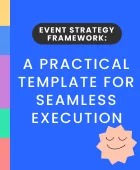
FAQs on Mastering Event Strategy
Introduction to Event Strategy
Q: Why is it essential to strategically plan an event?
A: Strategic planning is crucial for aligning an event with business objectives, ensuring effective use of resources, and creating memorable experiences that engage attendees and maximize ROI.
Q: What does an event strategy look like?
A: An event strategy is a comprehensive plan that outlines the event’s goals, target audience, marketing plan, logistics, content agenda, and follow-up actions. It serves as a roadmap guiding all event-related decisions.
Q: What is an example of an event strategy plan?
A: An example of an event strategy plan could include a detailed timeline of pre-event marketing activities, audience engagement tactics, content outlines for presentations, vendor contracts, and post-event analysis procedures.
Q: What should be included in an event strategy?
A: An event strategy should include objectives, target audience profiling, branding, logistics, budget, marketing and promotion plans, engagement activities, technology tools, and evaluation metrics.
____
Creating an Event Strategy
Q: How do you write a simple event strategy?
A: To write a simple event strategy, start with clear objectives, understand your audience, define your messaging, select the right venue and vendors, plan out marketing and content, and decide on metrics for success.
Q: What are the three critical components of event planning?
A: The three essential components are:
- Pre-event planning: Setting objectives, budgeting, and logistics.
- During the event: Execution, attendee engagement, and real-time troubleshooting.
- Post-event: Feedback collection, analysis, and follow-up.
Q: What makes an event successful?
A: A successful event meets its defined objectives, provides a memorable and engaging experience for attendees, achieves a positive ROI, and lays the foundation for future marketing and sales initiatives.
Q: How do you write an event strategy example?
A: An event strategy should outline the goals, target audience, key messages, marketing channels, event agenda, logistics details, and a plan for analysis and follow-up.
____
Event Strategy Presentation
Q: How do you present an event strategy template?
A: Present an event strategy template in a clear and organized manner, outlining each section and providing details on the approach, tactics, and tools you will use, as well as how you plan to measure success.
The Event Checklist
Q: What is the event checklist?
A: An event checklist is a comprehensive list of tasks and milestones that need to be completed at various stages of event planning, execution, and follow-up to ensure everything is noticed.
Q: Why is it essential to have a checklist to follow when arranging a meeting?
A: A checklist ensures that all critical aspects of a meeting are planned and executed correctly, helps manage time efficiently, and reduces the risk of last-minute issues or forgotten tasks.
Q: How do you organize an event checklist?
A: Organize an event checklist by time frames (e.g., six months prior, one month prior, day of), categories (e.g., logistics, marketing, content), and priority levels to ensure a logical flow of tasks.
Q: What does an event checklist determine?
A: An event checklist determines the completion of essential tasks, helps track progress, and serves as a tool for accountability and communication among team members.
Q: What is a checklist in event management?
A: In event management, a checklist is a tool used to outline all tasks, deadlines, and responsibilities related to planning and executing an event.
Q: Why is a checklist important in events?
A: Checklists are essential because they provide a step-by-step guide to managing complex event details, ensure consistency and efficiency, and help prevent things from being missed or left until the last minute.
____
Event Planning Process
Q: What are the seven steps in planning a successful event?
A: The 7 steps typically include:
- Define the purpose and objectives.
- Identify the target audience and tailor the experience.
- Select the date, venue, and vendors.
- Plan out the content and schedule.
- Implement a marketing and promotion strategy.
- Execute the event with a focus on attendee experience.
- Conduct a post-event analysis and follow-up.
Q: What is the best way to organize an event?
A: The best way to organize an event is to start with a comprehensive plan that covers all facets of the event, use a detailed event checklist to keep track of tasks, and leverage event technology and tools to streamline the process and enhance engagement.
____
Advantages and Considerations of Checklists
Q: What are the advantages of preparing an event checklist?
A: The advantages include better organization, task prioritization, enhanced team coordination, reduced stress, and a more successful event outcome.
Q: Why are event checklist templates and guidelines necessary?
A: They provide a standardized approach to event planning, ensuring consistency and completeness in the execution of event-related tasks.
Q: Why is an event checklist essential in monitoring?
A: An event checklist is essential for monitoring as it allows you to track the completion of tasks, assess the progress of event planning, and quickly address any areas that are behind schedule.
Q: How effective is an event checklist?
A: A checklist is highly effective as it serves as a visual reminder of tasks, helps in delegating responsibilities, and can significantly reduce the chances of errors or omissions.
Q: What are the advantages and disadvantages of an event checklist?
A: Advantages include improved organization and efficiency. Disadvantages could be over-reliance on the checklist without room for flexibility or creativity. It may not account for unexpected changes or unique event aspects that don’t fit into a standard checklist format.
